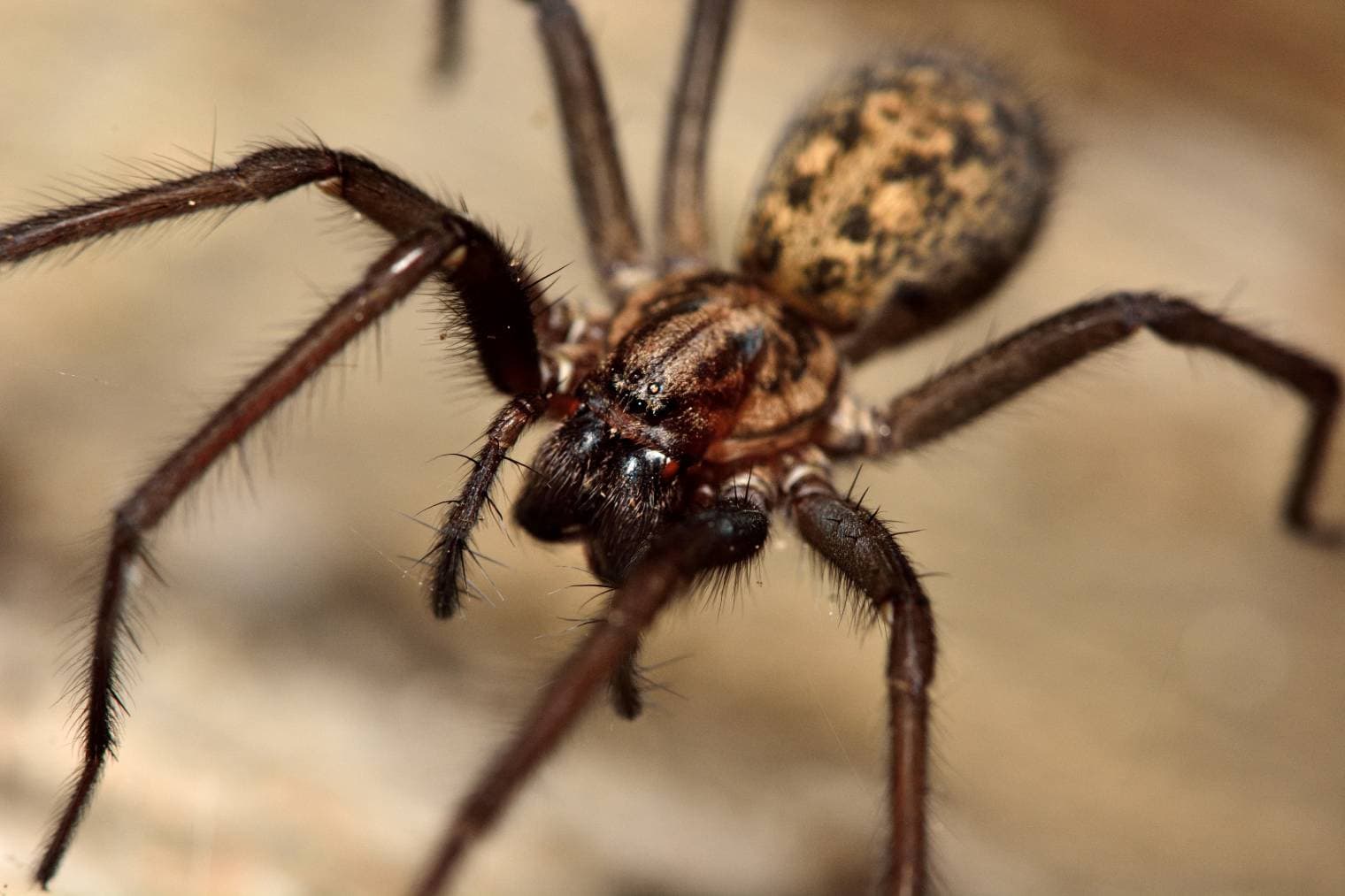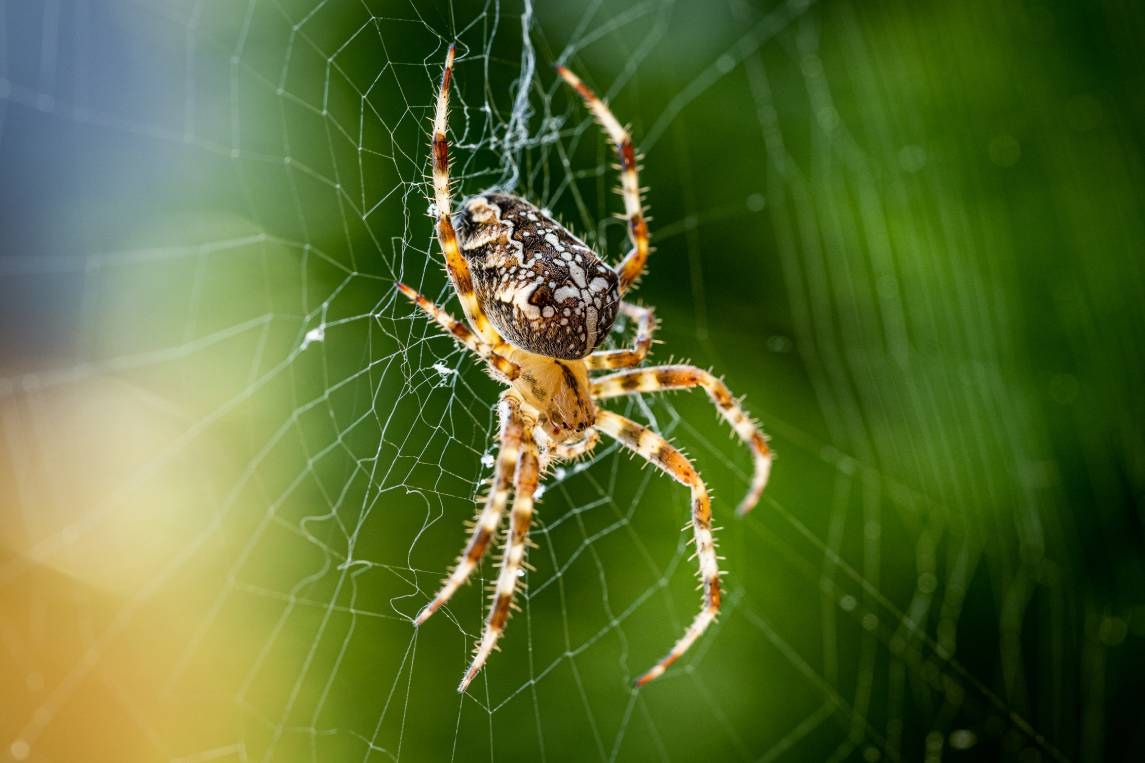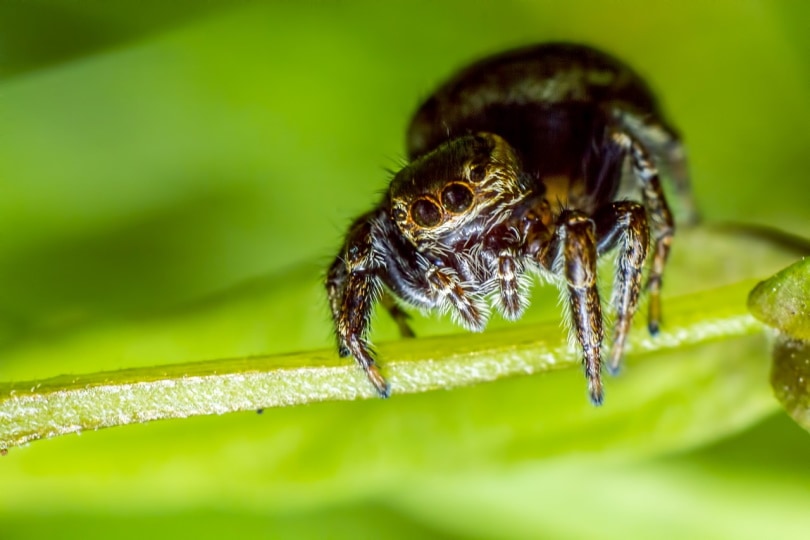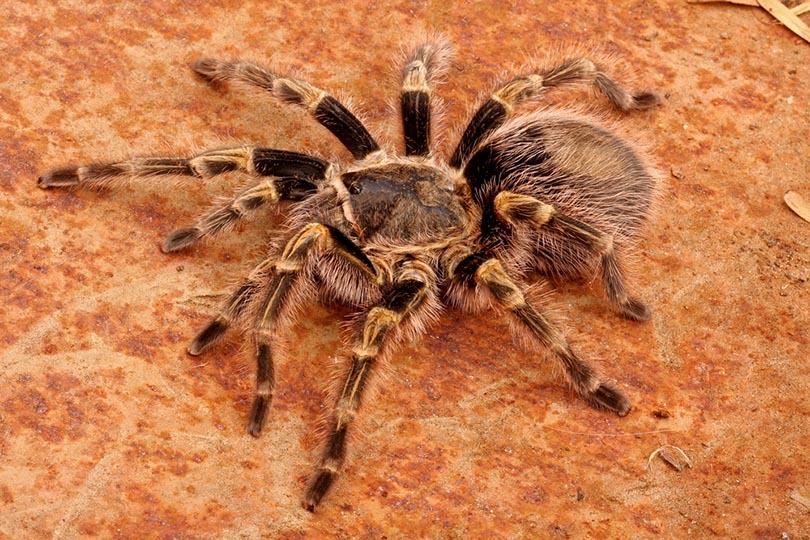
Click to Skip Ahead
So, you’ve decided you’d like to bring home a new tarantula and you need to gather up all the supplies to get you started. Preparedness is an important aspect of owning any pet, so it is important to get all the essentials so that you can properly care for your new tarantula.
There are many different species of tarantula that have different needs, so keep this in mind when you are shopping for your supplies. In this article, we’ve created a list of all the things you need to get you off on the right foot with your new tarantula. We will also touch base on some more specific care requirements and tips. Here’s what you need to get started.
The 10 Essential Tarantula Supplies
Housing
1. Enclosure
[/su_box]Those that web toward the top are better placed in an enclosure that opens from the side so that you do not destroy their web anytime you have to open the enclosure. Arboreal species do require good cross ventilation.
Sizes of Tarantula
Why Is Size Important?
You do not want to house your spiderlings or juveniles in enclosures that are too large. You do not want to run the risk of them escaping through the more sizable ventilation holes or any other cracks in the door or lid of the enclosure. It is also much harder to keep track of the spider to ensure it is eating, molting, and growing well.
2. Substrate
- Our Choice: Zoo Med ReptiSoil Reptile Soil
Every enclosure is going to require substrate. The amount of substrate you need can vary from species to species, but all tarantulas need substrate to provide natural flooring and help retain moisture in their environment. You want a substrate that will remain fresh and easy to burrow in.
Some of the most popular substrates used among tarantula keepers are Reptisoil and Zoo Med’s Eco Earth coco fiber substrate. Avoid substrates that contain any jagged pieces or sticks that could harm your tarantula and never get any soil that has been treated with fertilizer.
Arboreal species that spend most of their time up in the trees will not require as much substrate as terrestrial or fossorial species. Fossorial tarantulas spend most of their time deep within their burrows, so they will require an enclosure filled with mostly substrate. This is why it is so important to know your species before you set up your enclosure.
3. Hide
- Our Choice: Zoo Med (2 Pack) Natural Cork Bark Flat, Small
Every tarantula is going to require a hide and for the most part, cork bark will do the job just fine. You may have to cut the bark appropriately to fit it properly into the enclosure but it gives your tarantula the security it needs and provides an even more natural look to their environment.
Make sure you research your species throughout so that you know what kind of hide it needs. An arboreal tarantula would spend its natural life in the trees will need the cork bark to be placed vertically and extend almost the entire height of the enclosure.
Fossorial and terrestrial species of tarantula will also utilize a hide in their environment even if they spend most of their time burrowed. This is a necessity that keeps them feeling safer and more secure within their enclosure.
It is never recommended to use any wood, leaf litter, or other natural debris from outside as a hide or other décor. You do not want to run the risk of your tarantula being exposed to any pathogens, parasites, or other pests. The cork bark and natural décor you will find online or in pet stores will have been treated and is safe for use.
4. Decor
Décor isn’t a necessity for all species of tarantula, but it is recommended for some. You can use moss and leaves to give the enclosure an even more natural look and your tarantula can put it to use, too. Species that web will use moss and leaves to incorporate into their webbing.
The arboreal species that live in trees get a lot of use out of leaves and moss as a way to anchor their web to the cork bark and intricately craft their living space. Terrestrial and fossorial species incorporate it into their tunnels and burrows.
Use minimal décor with spiderlings until they reach a couple of inches in diagonal leg span. Spiderlings can be difficult to keep track of with their small size and ability to camouflage into their environment, the more décor you have, the harder it will be to observe them.
You don’t have to stop there, in addition to moss and leaves you can place other safe décor items. You will see a lot of enclosures including rocks, skulls, and many other figures. You just want to make sure it is something your tarantula will not be at risk of getting their legs stuck in. Never use any type of décor that is sharp and could pose a risk to your tarantula if they were to fall on it.
Feeding Supplies
5. Water Dish
Tarantulas should always have access to fresh, clean water inside their enclosure. There are plenty of options available but it is recommended you get a dish that is easy to clean such as ceramic or glass because there’s a good chance there will be dirt inside it in no time.
While tarantulas get most of their needed hydration directly through their prey, it is important to always have water available. There’s no need to be concerned if you never see your tarantula drinking from the bowl. Make sure to use tongs or tweezers to remove the dish, clean it, and refill it as needed.
6. Live Food
- Our Choice: Large Adult Banded Crickets
Tarantulas only eat live insects, so you will need to have some live prey on hand when dinner time comes around. You may have to occasionally pre-kill certain prey items to successfully feed a spiderling, but you would rarely have to do so for an adult tarantula.
The most common live food is crickets, but they can also be fed Dubia roaches and mealworms. You can find live food at local pet stores, or you can even go online. As a general rule, it’s best to feed your tarantula prey that is similar in size to their abdomen, so sure to offer your tarantula size-appropriate prey during feedings.
7. Feeding Tongs
- Our Choice: Kathson Reptile FeedingTongs
You don’t want to feed your tarantula without a good pair of feeding tongs. The tongs help you get a firm grip on the prey and allow you to carefully place it in the enclosure.
You should never place prey in the enclosure using your bare hands. You run the risk of getting a bit or getting urticating hair kicked at you. Feeding tongs are a safe and effective tool for feeding time.
8. Squirt Bottle
A squirt bottle is ideal for any tarantula owner and will keep you from having to reach your hand into the enclosure when it's time to refill the water dish.
The particular squirt bottles linked above are the most ideal style because you can be very precise with the stream of water. They can also be used to help moisten the substrate as needed.
Other Useful Products
9. Catch Cup
- Our Choice: Crystal Clear PET Plastic Cups
If your tarantula ever needs to be rehoused into a new enclosure or was to escape, you certainly won't regret having a catch cup on hand.
Tarantulas have different temperaments and most New World tarantula species (most commonly kept by beginners) have urticating hairs that can be kicked off their abdomen when they perceive a threat, and you do not want to come in contact with these hairs.
Once you have your tarantula safely cupped, you can move them safely back into their enclosure. You can use a simple clear plastic cup, but you will want to make sure it’s appropriately sized to comfortably fit your tarantula.
For example, you won’t want to fit a Goliath Bird Eating tarantula into a regular-sized dixie cup. You can even cut out the bottom of a plastic juice container to help get the job done.
10. Mister
- Our Choice: CC Pet Jr Mist'r Reptile Terrarium Mister
It’s a good idea to have a mister on hand in case you need to add some moisture to the substrate. There are different ways you can go about moisture to the enclosure but this is certainly the easiest way to do so.
This helps keep your tarantula properly hydrated, helps in the molting process, and is good for their health overall. Some species will require more moist environments than others, so make sure you follow the specific care requirements for the type of tarantula you own.
Tarantula Care Tips
Know Your Species
There are numerous tarantula species available in the pet trade. Different species have varying care requirements and dispositions. While some species of tarantula are great for beginners, some are only recommended for experienced keepers.
You need to know what kind of habitat and lifestyle is natural to your specific species, as there are arboreal, fossorial, and terrestrial varieties, and your enclosure will need to be set up to suit their needs.
There are also “New World” and “Old World” tarantulas. New World species come from the western hemisphere, while old worlds come from the eastern hemisphere. While all tarantulas are venomous, generally old-world tarantulas have more potent venom and are only recommended for intermediate to advanced keepers.
The best thing you can do is research the different species available and what kind of care they require. Make sure to touch base with a reputable breeder, as they will be able to give you the best information on how to care for your new spider.
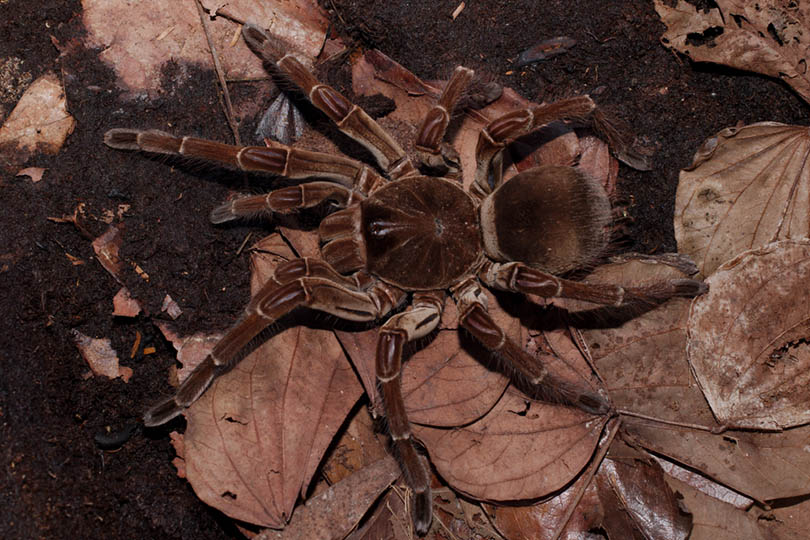
Learn How to Recognize a Molt
If you notice your tarantula is laying on its back, don’t fret. Many new tarantula owners become fearful that something is wrong when they notice this. When a tarantula lays on its back, it is actively molting. This is part of their growth process and how they shed their exoskeleton.
This will happen throughout the tarantula’s life but will be more frequent while they are younger and growing at a faster pace. This is a delicate process, and you should never touch your tarantula during a molt.
Post Molt Care
Do not try to feed your tarantula following a fresh molt. You will notice that their fangs are white after they’ve completed the process. Over the next few days, the fangs will change from white to red and eventually back to black. Once they’ve turned black, they will be ready to accept food again.

Caring for Spiderlings
Keep substrate moist for most spiderlings, the key is to keep it damp but not wet. The moisture helps keep them properly hydrated, assists with proper molting, and is beneficial to their overall health. Some species will require damp substrate throughout adulthood, which is why it is important to know your specific species’ needs.
You may have to pre-kill prey and potentially cut it into portions to help your spiderling eat. Depending on their size and/or species, they may be able to take down small, live prey but if they do not, you should certainly pre-kill the prey and allow them to scavenge. Spiderlings are fragile and require sustenance to properly grow and develop.
Feeding Tips
It is recommended to feed your spider prey that is approximately the size of their abdomen. Always remove any uneaten prey within 24 hours to prevent any harm from coming to your tarantula. Typically, if a tarantula refuses food it is likely in premolt and will not be eating until after the molt is completed and its fangs have re-hardened.
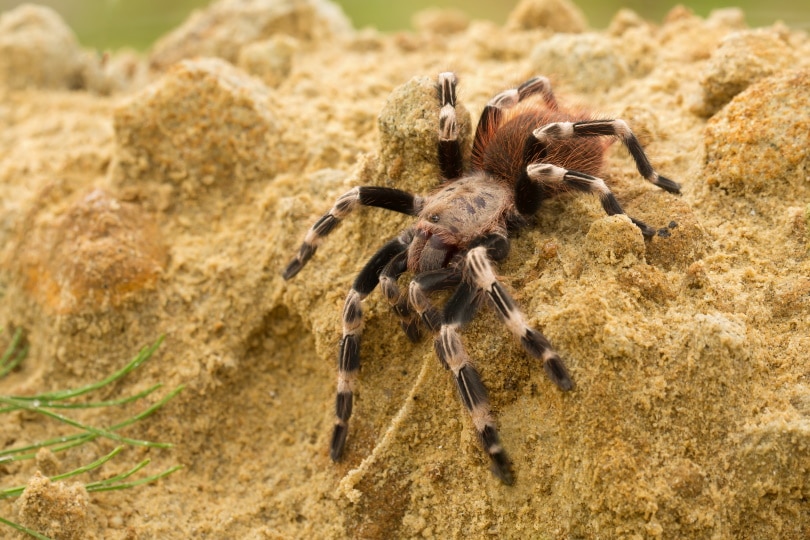
The Misconception About Heaters
A common misconception in tarantula keeping is that they require an outside heating source, similar to reptiles. The majority of tarantula species will do well within a temperature range of the high-60s to the mid-80s. They can also tolerate slightly higher and lower temperatures for very short durations. If you keep the temperature in your home low, it’s best to raise the temperature of the room rather than use a heating source for the enclosure.
Conclusion
Tarantulas may not be snuggly household pets, but they are sure beautiful and very interesting to care for and observe. It is important to have all your necessities ready anytime you bring home a new tarantula and make sure to set up their environment ideally for the specific species. Tarantulas are fairly easy to care for once you are all set up and can be with you for many years to come.
Featured Image Credit: Audrey Snider-Bell, Shutterstock

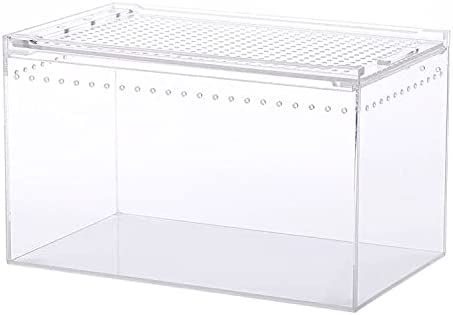
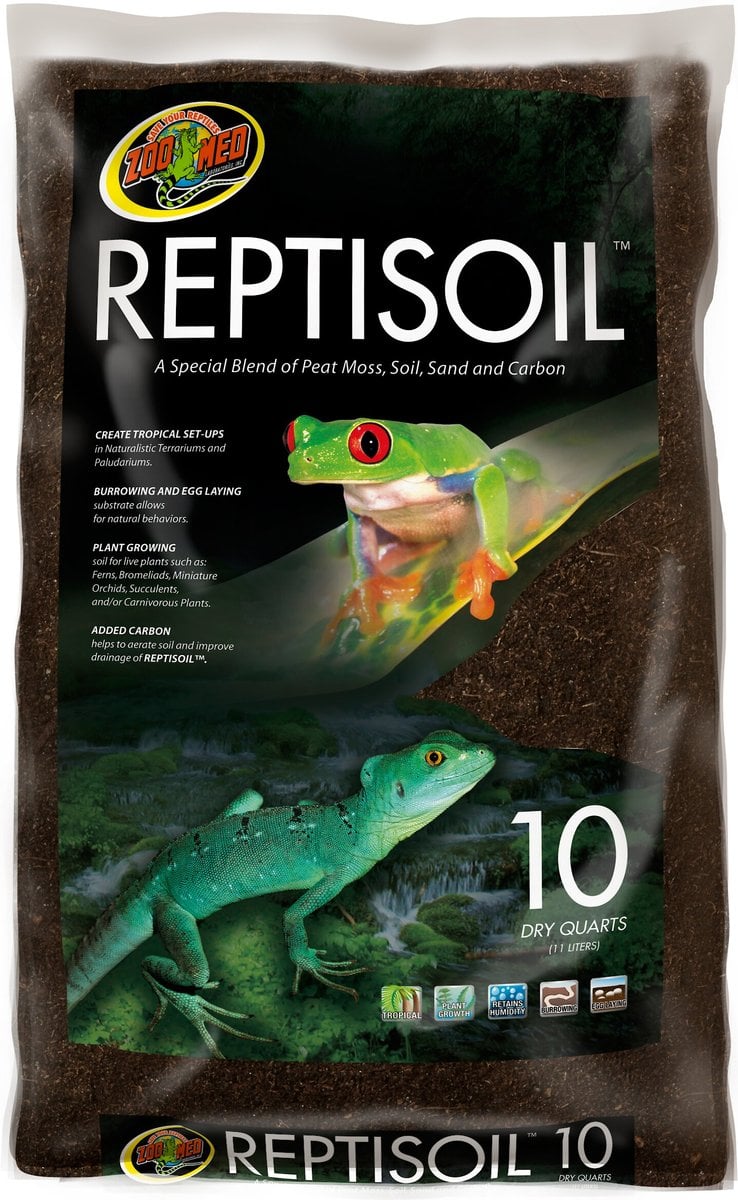
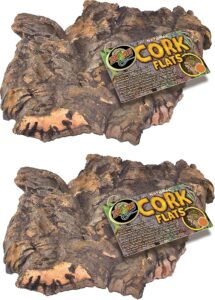
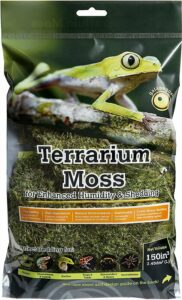

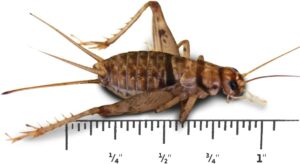

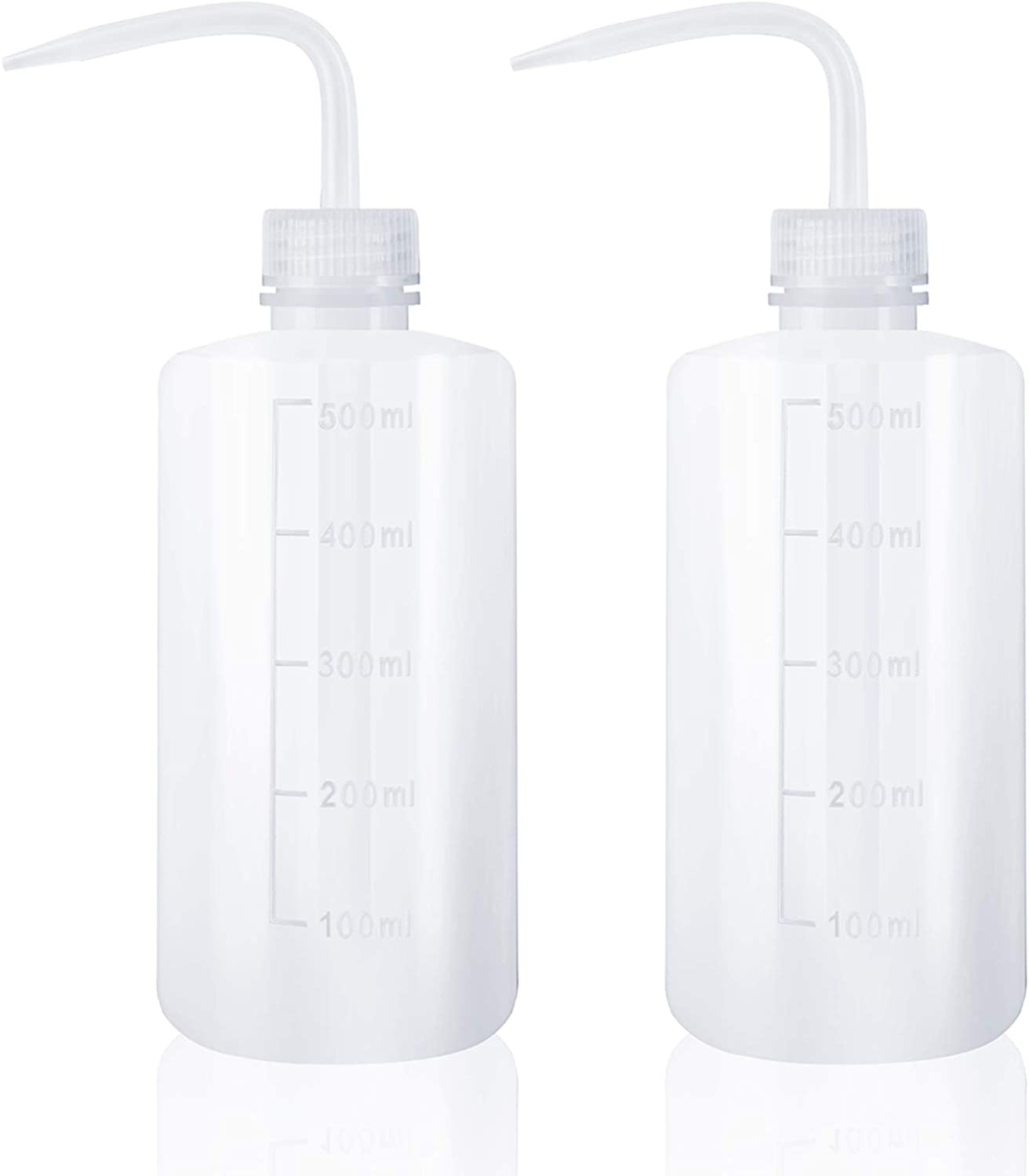
![[100 Pack - 16 oz.] Crystal Clear PET Plastic Cups](https://petkeen.com/wp-content/uploads/2022/08/100-Pack-16-oz.-Crystal-Clear-PET-Plastic-Cups.jpg)

